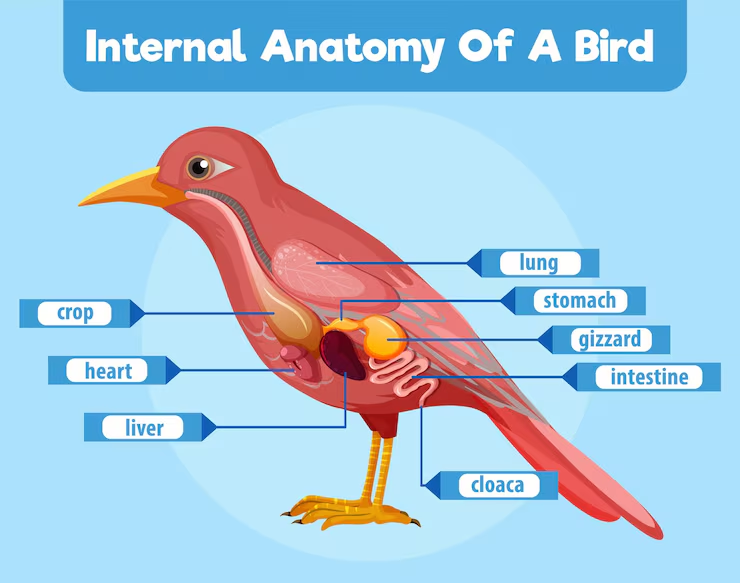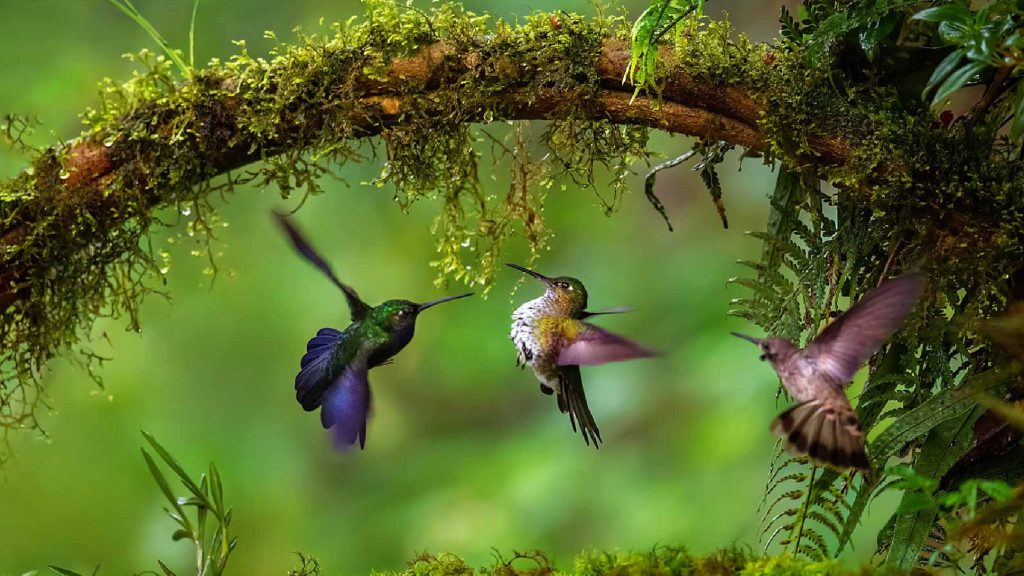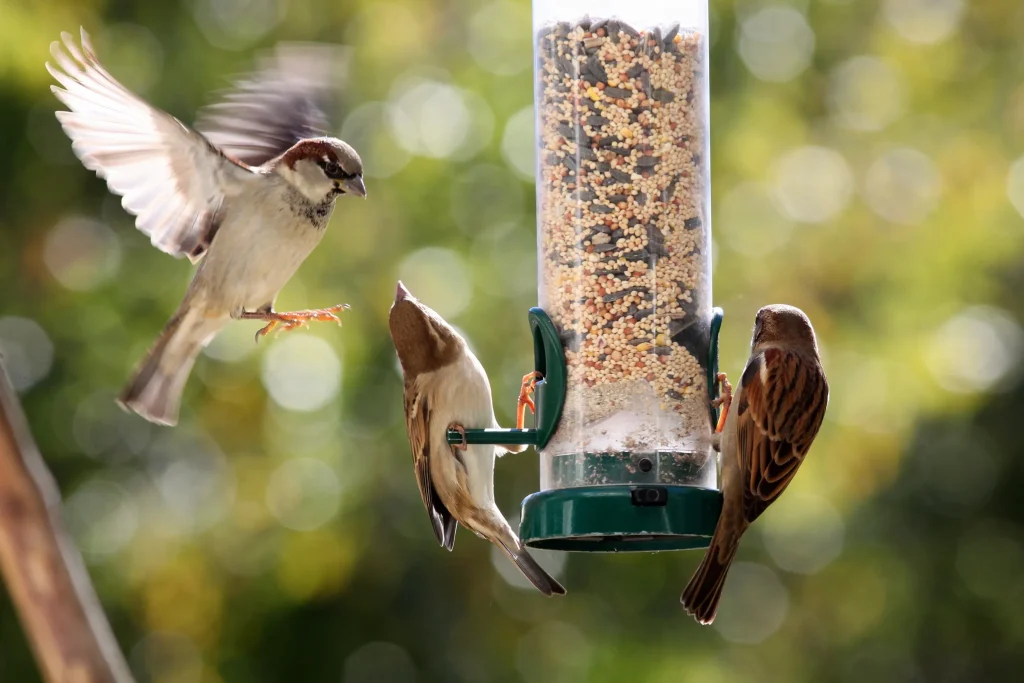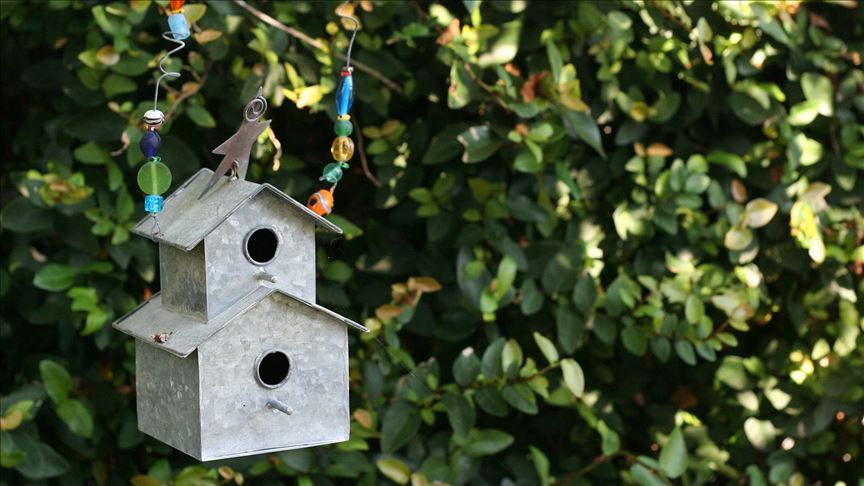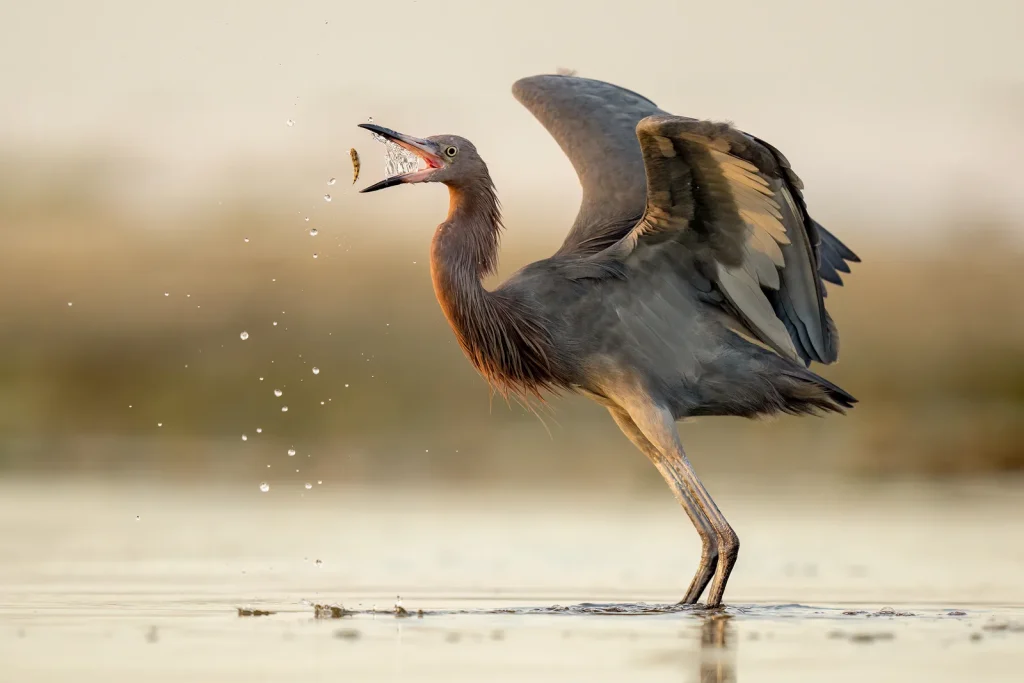Imagine finding a small, injured bird struggling to fly or move. You want to help, but don’t know where to start.
Knowing how to treat a wounded bird can make a big difference in its chances of survival. You will learn simple, practical steps to care for these fragile creatures safely and effectively. By the end, you’ll feel confident and ready to act, giving that bird the best chance to heal and soar again.
Keep reading—your quick actions could save a life.
Recognize Signs Of Injury
Knowing how to spot injuries in birds helps you give the right care. Birds hide pain well, so watch closely.
Look for changes in appearance and behavior. Early help can save a bird’s life.
Common Bird Injuries
Birds get hurt in many ways. Some injuries you can see. Others need careful watching.
- Broken Wings or Legs:Bird cannot fly or walk properly.
- Bleeding:Visible blood on feathers or skin.
- Bruises and Swelling:Puffiness on the body or limbs.
- Feather Damage:Missing or ruffled feathers, often near injury.
Behavioral Indicators
Birds show pain and injury through their actions. Watch for unusual behavior.
| Behavior | What It Means |
| Fluffed feathers | Bird feels cold or is weak |
| Not moving much | Injury or illness causing pain |
| Unusual vocal sounds | Stress or discomfort |
| Hiding or avoiding people | Fear or pain |
| Difficulty flying or walking | Injured wings or legs |

Credit: awesomewildlifeco.co.uk
Prepare A Safe Environment
Helping a wounded bird starts with creating a calm space. This keeps the bird safe and less stressed.
It is important to act quickly but gently to avoid more harm to the bird.
Create A Temporary Shelter
Use a small box or pet carrier for shelter. Line it with soft cloth or paper towels to keep the bird warm and comfortable.
- Choose a quiet, warm place away from pets and loud noises
- Make sure the shelter has air holes for fresh air
- Keep the shelter dark to help calm the bird
- Avoid handling the bird too much inside the shelter
Gather Necessary Supplies
Gather supplies before moving the bird. This helps you care for the bird safely.
| Supply | Purpose |
|---|---|
| Soft cloth or paper towels | Line shelter for comfort and warmth |
| Gloves | Protect yourself and avoid stress to the bird |
| Small box or pet carrier | Temporary home for the bird |
| Water container | Keep the bird hydrated |
| Phone number of wildlife rehabilitator | Get expert help quickly |
Handle The Bird Properly
Handling a wounded bird takes care and calmness. You must be gentle to avoid hurting the bird more.
Knowing how to approach and reduce stress helps the bird feel safer and improves its chance of recovery.
Approach Techniques
Move slowly and speak softly to avoid frightening the bird. Sudden moves can make it panic.
- Wear gloves to protect yourself and the bird.
- Approach from behind or the side, not head-on.
- Use a cloth or towel to cover the bird gently.
- Support the bird’s body and wings carefully.
- Hold the bird firmly but without squeezing.
Minimize Stress
Stress can worsen the bird’s injuries. Keep the environment quiet and dimly lit to calm it down.
| Action | Reason |
| Keep bird in a small box | Limits movement and reduces fear |
| Place soft cloth inside | Provides comfort and warmth |
| Avoid loud noises | Prevents startling the bird |
| Limit handling time | Reduces stress and exhaustion |

Credit: www.birdsandblooms.com
Provide Immediate Care
Helping a wounded bird quickly can save its life. You must act gently and calmly to avoid more harm.
Start by checking the bird’s injuries and giving the needed first aid right away.
Stop Bleeding
If the bird is bleeding, apply gentle pressure to the wound using a clean cloth or gauze. Do not press too hard to avoid causing pain.
- Use a soft cloth or sterile gauze pad
- Hold pressure for several minutes
- Check if bleeding slows or stops
- If bleeding is severe, seek help immediately
Clean Wounds
Clean the wound carefully to avoid infection. Use warm water and mild soap to wash around the area.
| Cleaning Supplies | Purpose |
|---|---|
| Warm water | Remove dirt and debris |
| Mild soap | Clean the skin gently |
| Sterile gauze | Pat dry the wound |
| Antiseptic solution | Prevent infection |
Hydration And Warmth
Keep the bird warm and hydrated. Place it in a quiet, safe box lined with soft cloth.
- Offer water using a small dropper or soaked cotton ball
- Do not force feed or give food immediately
- Use a heating pad or warm bottle wrapped in cloth to provide heat
- Monitor the bird’s breathing and comfort
Assess The Need For Professional Help
Finding a wounded bird can be upsetting. It is important to check if the bird needs expert care. Some injuries need special treatment to help the bird heal.
Knowing when to get professional help can save the bird’s life. This guide explains when to call a wildlife rehabilitator and how to move the bird safely.
When To Contact A Wildlife Rehabilitator
Contact a wildlife rehabilitator if the bird is bleeding heavily or has broken bones. Birds that cannot fly or stand need expert help. A rehabilitator has the skills to give proper care.
Also call for help if the bird is very weak or has trouble breathing. Sick or injured birds need quick and safe treatment to recover.
- Heavy bleeding or visible wounds
- Broken wings or legs
- Bird cannot fly or stand
- Signs of severe weakness or shock
- Difficulty breathing or unusual behavior
Transporting The Bird Safely
Use a small box or pet carrier with air holes to move the bird. Line the bottom with a soft cloth or paper towel to keep the bird comfortable.
Keep the bird calm by covering the box with a light cloth. Carry the box gently and avoid loud noises. Bring the bird to the rehabilitator quickly but carefully.
- Use a small box or carrier with ventilation
- Place soft padding inside for comfort
- Cover the box with a light cloth to reduce stress
- Handle the box gently and keep it steady
- Transport the bird to a rehabilitator as soon as possible

Credit: awesomewildlifeco.co.uk
Follow-up Care And Release
After you have treated a wounded bird, it is important to watch its recovery closely. Good care helps the bird heal and regain strength.
Once the bird is healthy, you must prepare it to return to the wild. This step ensures the bird can survive on its own again.
Monitoring Recovery
Check the bird daily to see how it is healing. Look for signs like eating well and moving without pain.
If the bird shows weakness or does not eat, it may need more care or a vet’s help. Keep the bird in a quiet, warm place.
- Watch for normal eating and drinking habits
- Check if wounds are healing without infection
- Notice if the bird can stand and move easily
- Keep the environment calm and safe
Preparing For Release
Prepare the bird for release by helping it regain strength and independence. Let it practice flying in a safe area.
Choose a good spot for release. It should have food, water, and shelter nearby. Release the bird during the day so it can find a safe place.
- Provide fresh food and water before release
- Allow the bird to fly and move freely in a safe space
- Pick a natural area with food and shelter
- Release the bird during daylight hours
Prevent Future Injuries
Helping a wounded bird is important, but keeping it safe later is just as key. Birds face many dangers in their homes and outside.
Taking steps to stop injuries can save many birds. This guide gives tips to make places safe and raise awareness in your community.
Safe Environment Tips
Creating a safe space helps birds avoid harm. Small changes at home and in your yard can make a big difference.
- Keep windows marked to prevent bird collisions.
- Cover pools or ponds when not in use to stop drowning.
- Remove sharp objects like wires or nails from bird areas.
- Place bird feeders away from places where cats can hide.
- Use bird-safe netting on fruit trees to avoid trapping.
Community Awareness
Teaching neighbors about bird safety helps protect more birds. Sharing knowledge builds a caring community.
| Action | How to Help |
| Talk to neighbors | Share tips about safe bird environments |
| Join local groups | Participate in wildlife protection activities |
| Organize cleanups | Remove trash and hazards from parks |
| Report dangers | Inform authorities about threats to birds |
Frequently Asked Questions
How Do I Safely Catch A Wounded Bird?
Approach the bird calmly and quietly. Use a towel or cloth to gently cover it. Avoid sudden movements to prevent stress or injury.
What Immediate Care Does A Wounded Bird Need?
Place the bird in a warm, quiet, and dark space. Provide fresh water but avoid feeding. Monitor for signs of shock or bleeding.
When Should I Contact A Wildlife Rehabilitator?
Contact a rehabilitator if the bird is severely injured or bleeding. Also, seek help if unsure about treatment or the bird’s condition.
Can I Treat A Bird’s Broken Wing At Home?
Do not attempt to fix broken wings yourself. Improper treatment can worsen injuries. Always seek professional care from a licensed rehabilitator.
Conclusion
Treating a wounded bird requires care and patience. Ensure a safe environment. Handle the bird gently. Clean the wound with mild antiseptic. Offer food and water. Contact a wildlife rehabilitator for further help. Observe the bird’s progress closely. Never force recovery.
Each bird heals at its own pace. Your efforts can make a big difference. Remember, helping wildlife is rewarding. You gain knowledge and compassion. Next time, you’ll feel more prepared. Share what you learn. Others can benefit too. Your kindness might inspire them.
Together, we can support our feathered friends. Let’s keep our skies filled with birds.

